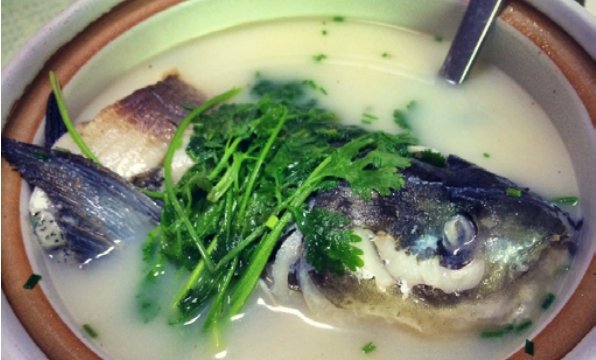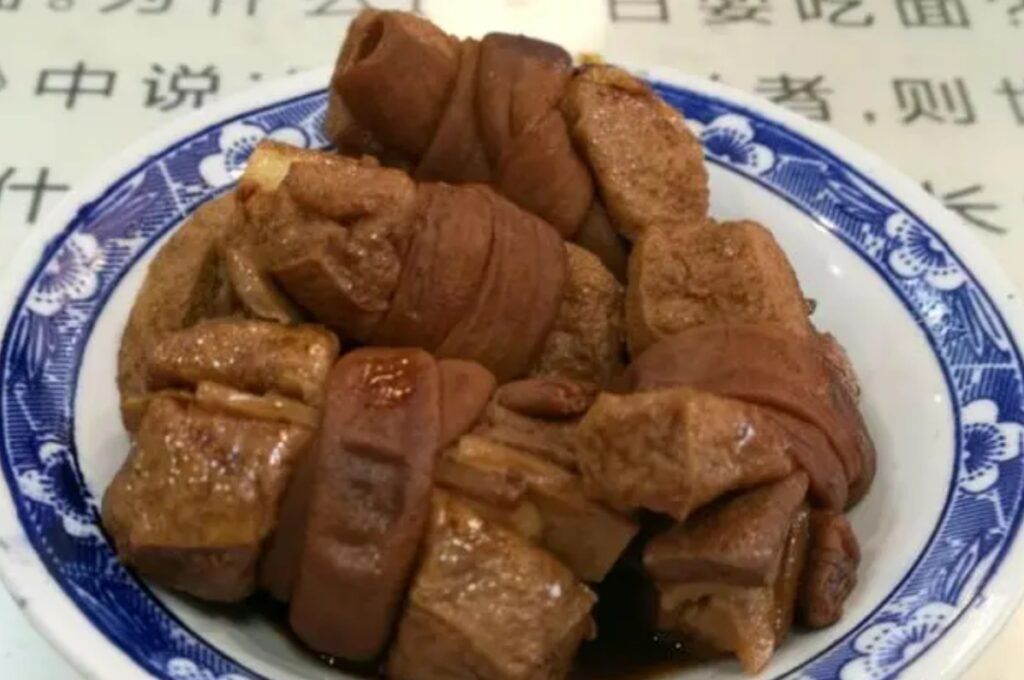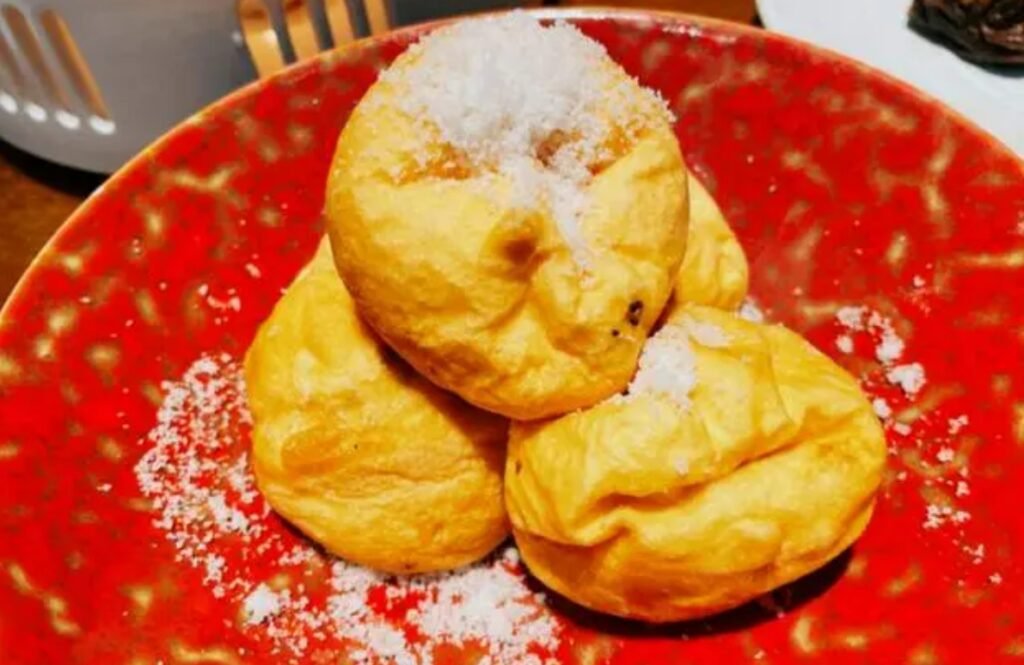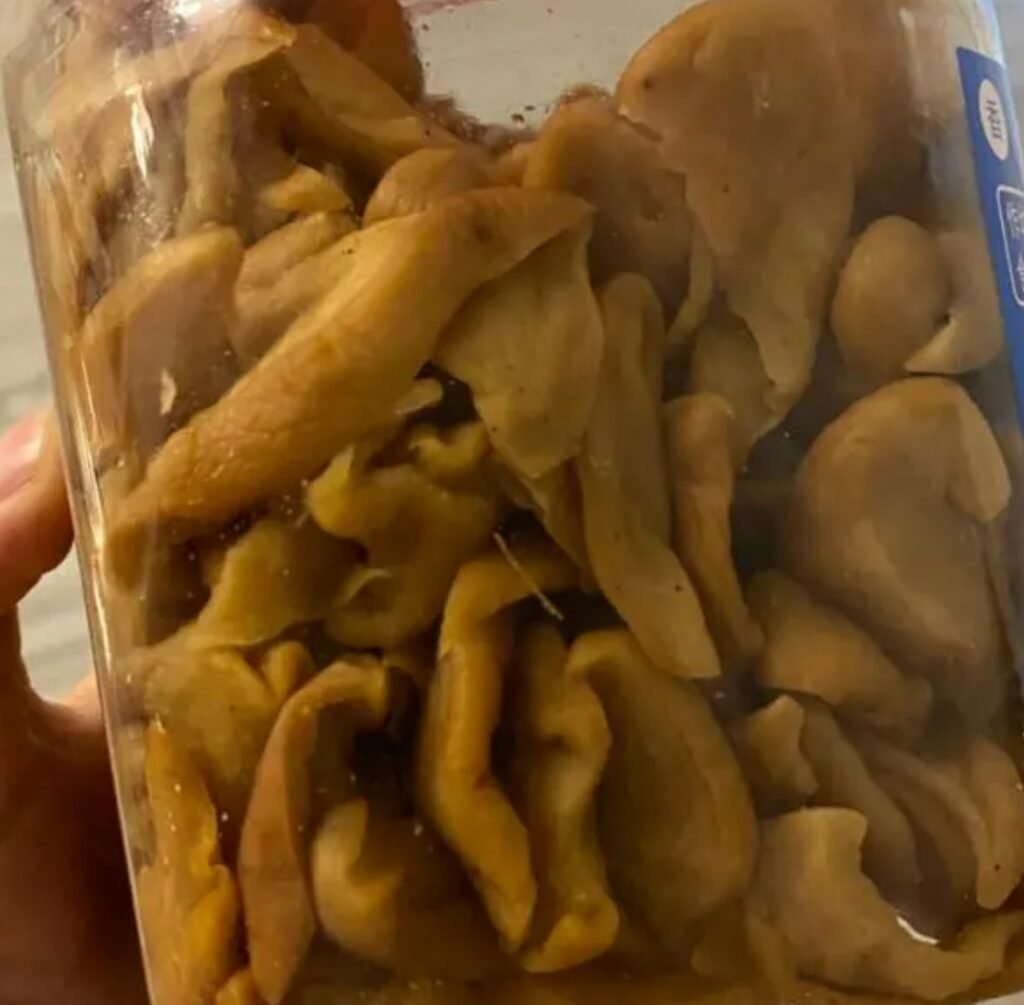Changzhou Overview
Located in southern Jiangsu, Changzhou lies at the heart of the Yangtze River Delta, facing equally towards Nanjing and Shanghai. Situated south of the Yangtze River and along the northern shore of Taihu Lake, it forms part of the Su-Xi-Chang urban area along with Suzhou and Wuxi. With a history of over 2,500 years, the Grand Canal runs through Changzhou, enriching this ancient cultural city in Jiangnan with its deep historical roots.
If we had to highlight some landmarks, the Yancheng Ruins in the south of the city are known as the most complete ancient city from the Spring and Autumn period in China, boasting a unique layout of three cities and three rivers that has been dubbed a “world miracle.” To the east lies Tianning Temple, renowned as the “first forest in the southeast,” while the Hongmei Pavilion is where Zhang Boduan, the founder of the Southern Sect of Taoism in the Northern Song Dynasty, gathered his followers for practice. The Yizhou Pavilion marks the spot where Su Dongpo often docked his boat in Changzhou, and the Wenzhi Pagoda, dating back 1,500 years, adds to the historical richness of the area.
Today, strolling through Changzhou, you can experience its elegant cultural atmosphere while also discovering a vibrant, modern flair. In this city of leisure and entertainment, you can fully enjoy the lively side of Changzhou at its top-tier theme parks, including the China Dinosaur Park, Yancheng Spring and Autumn, Xigu Valley, and Dongfang Salt Lake City.
Food lovers will also be delighted, as Changzhou is a culinary hotspot. To truly savor the local flavors, you must try traditional snacks and delicacies that blend both northern and southern cuisines, along with renowned dishes from Jiangnan. Don’t miss out on the fresh fish soup from Tianmu Lake and the Hairy Crab from Changdang Lake!

Tianmu Lake: The most famous natural scenic area in Changzhou, located in the jurisdiction of Liyang City. With its picturesque lake and mountain scenery, the fish head soup from Tianmu Lake is a must-try dish.
China Dinosaur Park: China’s first large amusement park themed around dinosaurs, where you can travel back to the Jurassic era. It’s also an adventurous paradise for thrill-seekers.
Nanshan Bamboo Sea: Situated at the intersection of Jiangsu, Zhejiang, and Anhui provinces, this “natural oxygen bar” features 35,000 acres of lush bamboo, allowing you to escape the summer heat.
China Spring and Autumn Yancheng Tourist Area: Home to the world’s first Spring and Autumn cultural theme park, Yancheng Spring and Autumn Park, which features the best-preserved and oldest above-ground city ruins in China. This area also includes a wildlife park and Baolin Temple.
Tianning Temple: This ancient temple, which has stood for a thousand years, is a must-visit site in Changzhou and attracts many visitors for its vibrant atmosphere.
Global Animation Fun Valley: A paradise for anime fans, this park is also perfect for family outings and couples. With various entertainment options, you’re sure to have a blast.
Oriental Salt Lake City: A mountain town that embraces Daoist culture, promoting self-cultivation and leisurely living.
China Filial Piety Garden: A tranquil spot in the Taihu Bay Resort Area dedicated to promoting filial culture.
Personal Impression: Locals refer to Changzhou as the “Chinese version of Orlando, the theme park city.” While no dinosaur fossils have been found here, we do have the renowned China Dinosaur Park. The three cities and three rivers of Spring and Autumn Yancheng have created a theme park that takes you back 2,500 years. The virtual and real interactions at Global Animation Fun Valley usher in a new era for theme parks. Even a former reservoir has contributed to the stunning beauty of Tianmu Lake. Every corner here reflects Changzhou’s unique charm.
Special Recommendation: A Journey Through Time in the 2,500-Year-Old Spring and Autumn Era
Changzhou boasts a site that dates back over 2,500 years, featuring the most complete archaeological remains of a Spring and Autumn period city. As the saying goes, “Look to Beijing for the Ming and Qing dynasties, to Xi’an for the Sui and Tang, and to Yancheng for the Spring and Autumn.” Yancheng is the oldest and most well-preserved city from the Western Zhou to the Spring and Autumn periods in China, showcasing a unique three cities and three rivers layout, with architectural forms that are truly one-of-a-kind, nearly 3,000 years old.
Building on this rich history, Changzhou has created the only Spring and Autumn-themed amusement park in China, setting itself apart. As you wander through the park, it feels like you’re traveling back in time. You can have a close-up chat with a smiling “Confucius,” catch a film in China’s first Spring and Autumn culture-themed flying cinema, or embark on an adventure at the country’s first aerial viewing island, the Sun Wu General’s Command Platform. Experience the depth of Spring and Autumn culture and discover the charm of Changzhou amidst this blend of ancient tradition and modern entertainment.


The Millennium Temple and the Vajra Pagoda
Changzhou’s millennium-old temple, Tianning Temple, is hailed as the “Premier Forest of Southeast China.” It majestically sits in the eastern part of Changzhou’s main urban area, overlooking the world-famous Grand Canal in the front and backed by the city’s oldest park, Hongmei Park, known as the “Little Jiangnan.” Tianning Temple is the largest and best-preserved ancient temple in Changzhou.
As is customary with temples, there must be a pagoda. Inside the temple stands the renowned “First Buddha Pagoda of China”—the Tianning Pagoda, soaring to a height of 153.79 meters. This pagoda is a landmark of Changzhou and is considered the finest in terms of its size, shape, materials used, and its Buddhist significance. From the top, you can enjoy breathtaking views of Changzhou, and the most eye-catching feature is the Vajra Throne-shaped finial at the very top of the pagoda.

Accommodation Suggestions
Changzhou’s city center offers a wide range of accommodation options, particularly around the popular theme parks and attractions. The types of lodging available in the city center are diverse, including star-rated hotels, chain economy hotels, and guesthouses, with prices generally ranging from 150 to 200 yuan per day. These accommodations typically meet basic needs and are conveniently located near dining and shopping options. Public transportation is readily available to major theme parks or to the tourism distribution center (the North Square of the train station) where you can catch dedicated buses. However, this area is somewhat distant, so those with cars or budget-conscious travelers may consider staying here.
Near attractions like the Dinosaur Park, Happy Valley, and the Yancheng Spring and Autumn Park, you’ll find more mid-range to upscale hotels that can save you time and transportation costs, making your trip more leisurely. However, prices in these hotels are higher, usually ranging from 400 to 800 yuan per day, especially on weekends and holidays when rates increase, and availability can be limited. It’s advisable to book in advance.
When traveling to Liyang, there’s no need to worry about accommodation either. The high-end hotels around Tianmu Lake and Nanshan Bamboo Sea, which are set against the mountains and by the lakes, offer beautiful environments but are slightly pricier, typically around 400 to 800 yuan per day. For budget-conscious travelers, affordable family inns or farm stays are available, usually priced between 100 and 180 yuan per day, though these may have basic conditions. If accommodations are scarce or if you’re only visiting Liyang for half a day, returning to Changzhou for the night is an option, although it may involve a bit of travel.
Food Recommendations
Changzhou cuisine primarily belongs to the Jiangsu-Zhejiang culinary tradition, but it embraces a diverse range of flavors, allowing people from all over the country to find their preferred tastes. Renowned in the Yangtze River Delta, the exquisite dishes served here are a feast for the eyes. Changzhou is also a paradise for snacks, with countless traditional specialties that carry the essence of old Changzhou. So, be sure to bring your taste buds to explore the streets and alleys of Changzhou, where you’ll discover every flavor you love, blending traditional and modern culinary delights.
Local restaurants serving traditional cuisine and fashionable creative dishes are mainly found in bustling commercial areas, attracting a young crowd. Meanwhile, authentic snacks and noodle shops are often hidden in the city’s central streets, offering great value for money. In Liyang, you can savor the fresh and nutritious fish head from Tianmu Lake, a delightful surprise for your palate that will leave a lasting impression.
For a concentrated experience of Changzhou’s snacks, head to Shuangguifang, where you can indulge in local specialties like crab-filled soup dumplings, silver thread noodles, crab shell pastries, bean curd pancakes, sweet glutinous rice balls, three-flavor wontons, water chestnut cakes, shrimp chips, sesame cakes, and various rolled pastries.









Best Travel Time
The best seasons to visit are spring and autumn. Changzhou excels in theme parks and natural scenery, with comfortable weather in these seasons ideal for outings. In spring, you can enjoy flower viewing at various free parks. It’s especially recommended to visit during the Spring Festival to listen to the bell tolls of the famous ancient temple, Tianmu Temple, one of the four great groves of Jiangnan, on New Year’s Eve for blessings as you welcome the new year. Autumn, with its golden hues, is equally charming.
Although summer in Jiangnan can be hot and humid, it’s a vibrant season for excitement at the four major water parks. Don’t miss out on various night parks and beer festivals if you’re interested. While winter can be cold, major scenic spots offer winter carnival activities and discounts, making it a quieter time for visits.
Clothing Index
Changzhou has a north subtropical oceanic climate with distinct seasons, so dressing can be based on personal preference. In spring and autumn, there’s a significant temperature difference between day and night, so wearing light shirts and having a hoodie is ideal. The rainy season usually starts in mid-June and lasts for about a month, so remember to stay warm and bring rain gear. In summer, lightweight clothing is suitable, and if you plan on engaging in water activities, bringing disposable raincoats can save you some money. Winter can be damp and cold, occasionally featuring snowfall, so sweaters and down jackets are essential.


